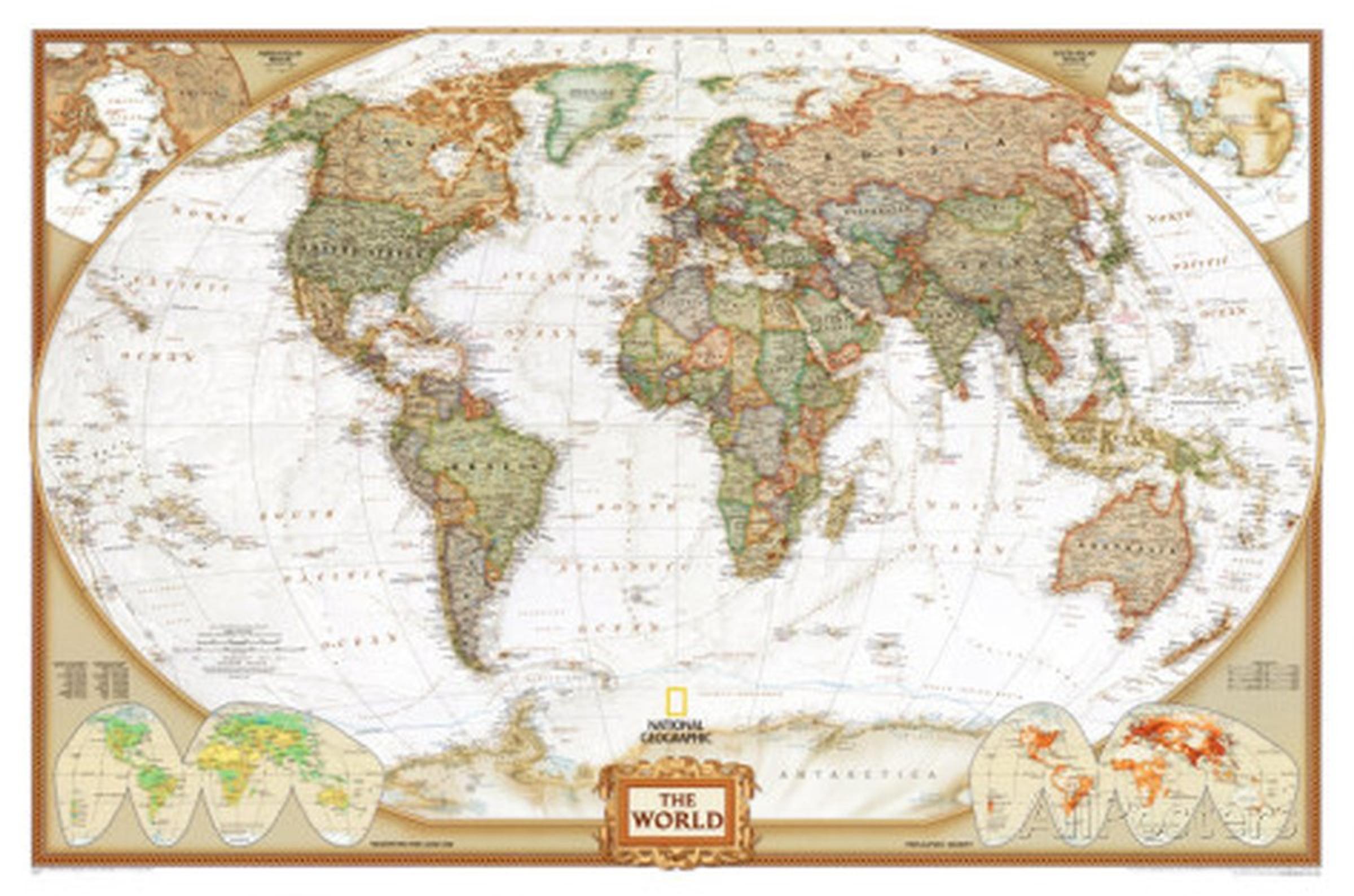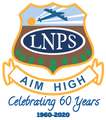Mellor 1/2 Curriculum News

HASS - Geography
Places have distinctive features. Students develop the concept of place through studies of what places are like and how their features have changed. Students learn that places can have natural, managed and constructed environmental features, and range from those that have largely natural features to those with largely managed or constructed features.
The concept of space is developed through an investigation of the influence of distance and accessibility on the frequency of visits to places. Students' mental map of the world and their understanding of place are further developed through learning the major geographical divisions of the Earth and where they are located in relation to Australia.
Students develop geographical knowledge, understanding and skills which are provided through the inclusion of inquiry questions and specific inquiry skills.
YEAR 1 Inquiry Questions:
What are the different features of places?
How can we care for places?
How can spaces within a place be rearranged to suit different purposes?
Students identify and describe the natural, managed and constructed places at a local scale and recognise that people describe the features of places differently.They identify where features of places are located and recognise that spaces can be arranged for different purposes.Students identify changes in features and describe how to care for places.
Students respond to questions about familiar and unfamiliar places by collecting, recording and sorting information from sources provided. They repesent the location of different places and their features on pictorial maps and present findings in a range of texts and use everyday language to describe direction and location. they reflect on their learning to suggest ways places can be cared for.
YEAR 2 Inquiry Questions:
What is a place?
How are people connected to their place and other places?
What factors affect my connection to places?
Students identify the features that define places and recognise that places can be described in different scales. They describe how people in different places are connected to each other and identify factors that influence these connections. Students recognise that the world can be divided into major geographical divisions. They explain why places are important to people.
Students pose questions about familiar and unfamiliar places and collect information to answer these questions. They represent data and the location of places and their features in tables, plans and on labelled maps. They interpret geographical information to draw conclusions. Students present findings in a range of texts and use simple geographical terms to describe the direction and location of places. They suggest action in response to the findings of their inquiry.
